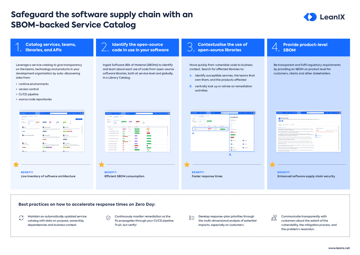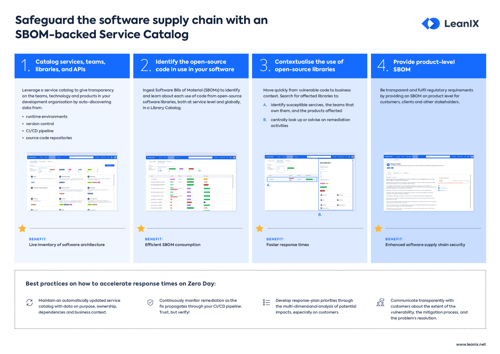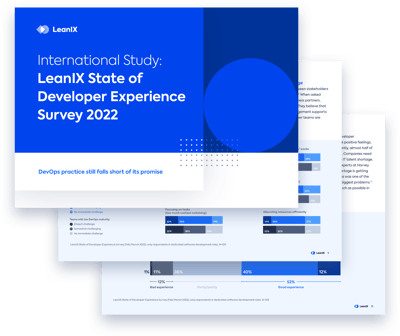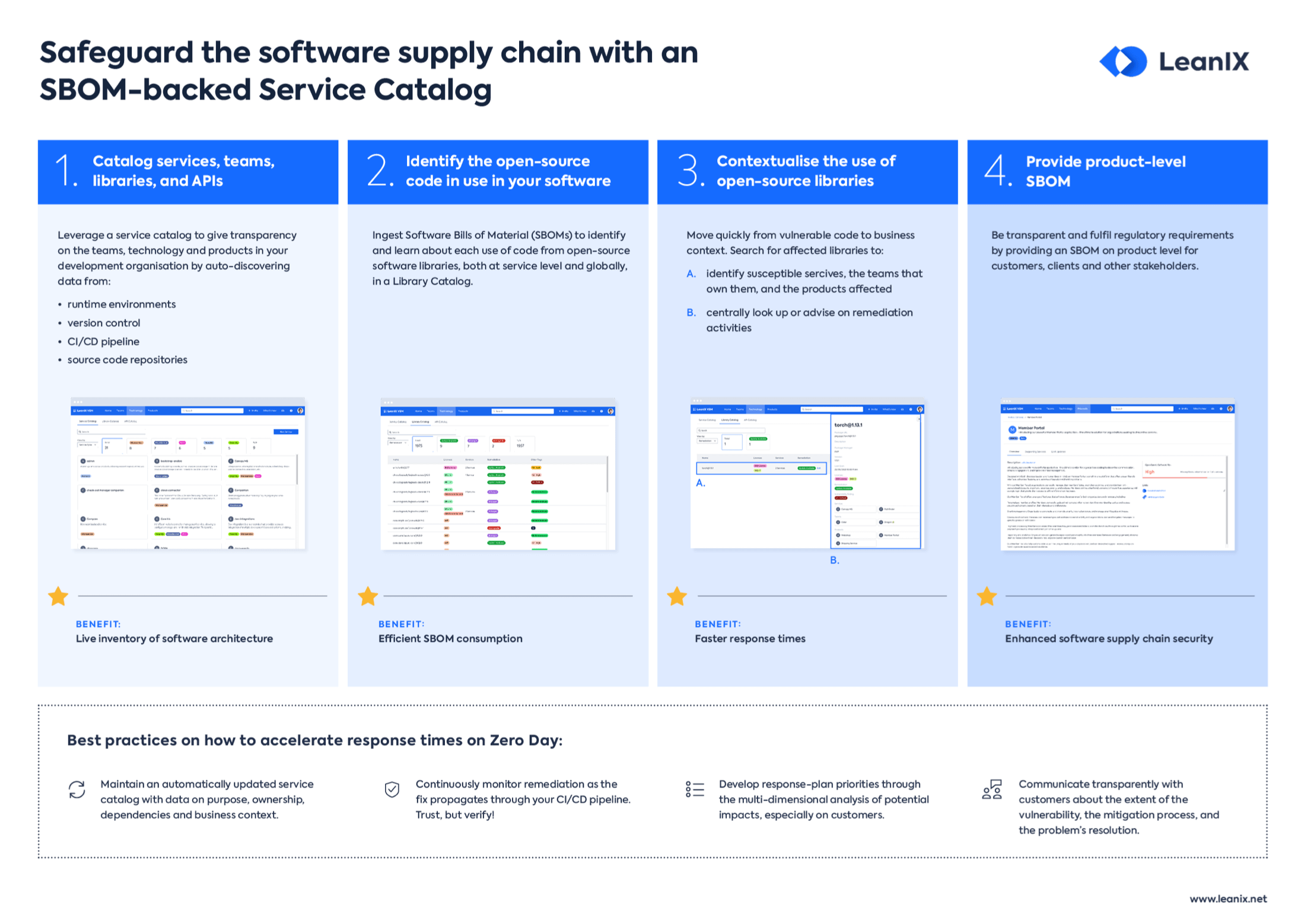[CONTINUED]
Key factors to consider when choosing an open-source license
1. License compatibility
One of the primary factors to consider when choosing an open-source license is license compatibility. This refers to the ability to use, modify, or distribute code under the terms of another license. I.e. when you want to integrate code from one project with a different license into your project.
With complex software dependencies, ensuring licenses are compatible across dependencies is crucial to avoid legal issues and to promote seamless software integration.
Not all licenses are compatible, as they may contain conflicting requirements. For example, a GPL-licensed project cannot include code from an Apache-licensed project, because the GPL's requirement for a full copy of the license text in every file conflicts with the Apache license's more relaxed terms.
For a better understanding of how different software components interact with each other, organizations often turn to a Software Bill of Materials (SBOM).
An SBOM is a detailed inventory of all software components within a product, including their open-source licenses. This document can help businesses identify potential licensing conflicts and manage them proactively.
2. Restrictions and requirements
Each license comes with its own set of restrictions and requirements. For instance, the MIT License requires the inclusion of the original copyright notice and license text in all substantial copies of the software.
The GPL, on the other hand, requires that derivative works must also be GPL-licensed. It is crucial to understand these restrictions and choose a license that aligns with the goals of your project.
3. Legal and intellectual property protection
Every open-source license offers some level of legal protection. They define the terms of use, distribution, modification, and contribution, which, if breached, can lead to legal consequences.
They also provide intellectual property protection, offering a safeguard against direct copying and marketing of your open-source software as someone else's proprietary software.
Understanding these protections can help you choose a license that best suits your needs.
Benefits of adopting open-source licenses
Adopting open-source licenses offers a range of benefits for engineering teams, organizations, and the broader tech community.
Below are a few of the key advantages:
- Innovation and collaboration: Open-source licenses allow for a collaborative environment where programmers worldwide can contribute to a project. This can lead to innovative solutions and advancements that may not have occurred within the confines of a single organization. Diverse perspectives and expertise can fuel the creation of robust, versatile, and effective software.
- Cost-effectiveness: With open-source licenses, organizations can leverage existing software rather than starting from scratch. This not only reduces development time but also saves costs associated with programming, testing, and debugging.
- Customization and flexibility: Open-source licenses provide the flexibility to modify the code to suit specific needs. Whether it's adapting features, improving functionality, or enhancing user experience, open-source offers unparalleled customization potential.
- Transparency and trust: By having the source code freely accessible, open-source licenses promote transparency. Users can review the code, understand how it works, and trust the software without fearing hidden functionalities or backdoors. This transparency extends to software metadata as well, providing users with comprehensive knowledge about the software's capabilities, dependencies, and performance.
- Talent attraction and retention: Many developers are attracted to open-source because of its collaborative nature and the learning opportunities it provides. Organizations that engage with open-source projects can attract talented developers who are passionate about their work and continuous learning.
- Enhanced security: With many eyes on the source code, vulnerabilities can be spotted and fixed quickly, enhancing the software's security. Furthermore, the public nature of open-source projects allows for a continuous process of peer review, which can lead to more secure and reliable software.
- Legal protection: Open-source licenses provide a legal framework that governs how software can be used, modified, and distributed. These licenses protect both contributors and users, defining rights and responsibilities and helping avoid intellectual property disputes.
Conclusion
Open-source licenses have truly revolutionized the way we develop and utilize software. They empower developers with the flexibility to use, modify, and distribute code, promoting innovation and collaboration.
Understanding different types of licenses, from the permissive MIT and Apache licenses to the copyleft GPL, and their implications are vital to managing the open-source components within your Software Bill of Materials (SBOM).
Additionally, considering essential factors such as license compatibility, restrictions, requirements, and legal protections when choosing an open-source license will safeguard your project's legality and maintain its open-source nature. This, in turn, contributes to a more comprehensive and reliable Software Bill of Materials.
As the digital landscape continues to evolve, open-source licenses and their role in creating a clear and complete SBOM will undoubtedly play a crucial role in shaping future software development practices.







/EN/Tools/EA-Maturity-Thumbnail.png?width=260&height=171&name=EA-Maturity-Thumbnail.png)
